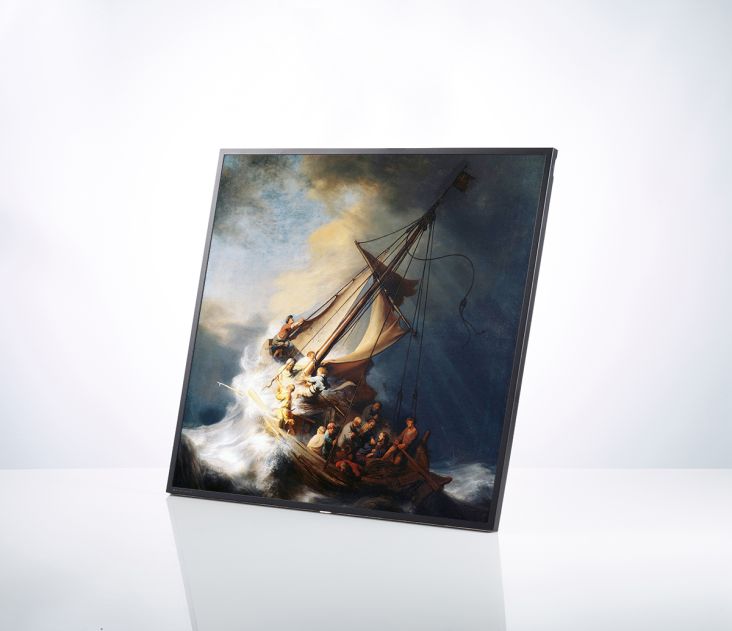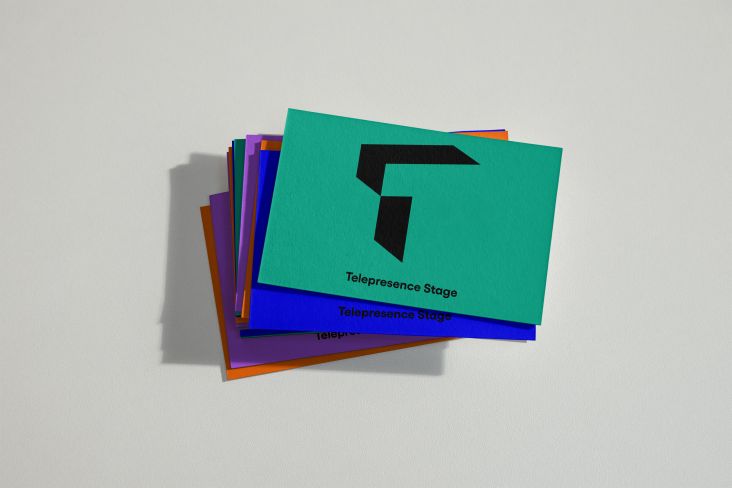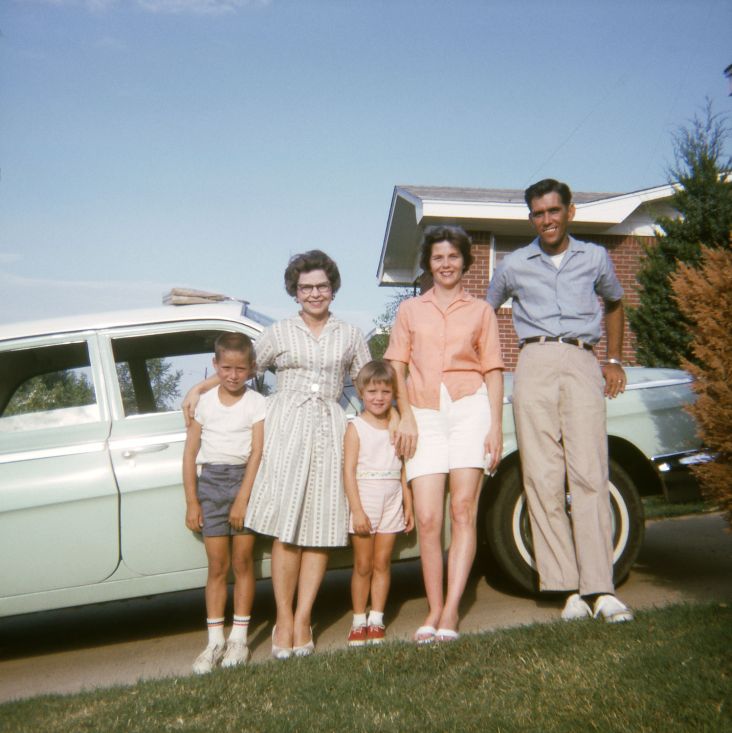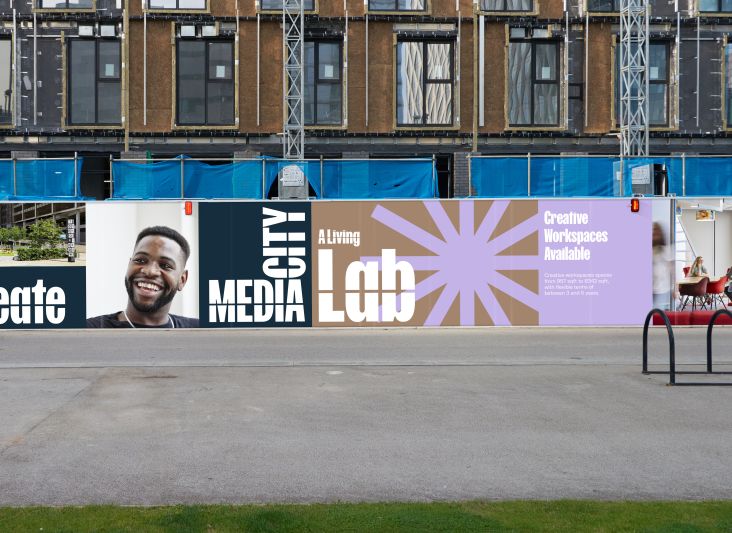The 10 pieces of photo and video kit that changed the game
Whether photography or video, brands throw many cameras at the market, often with complex and confusing naming conventions, and it can all get very confusing. But now and again, a new model stands head and shoulders above the rest and truly changes the game.
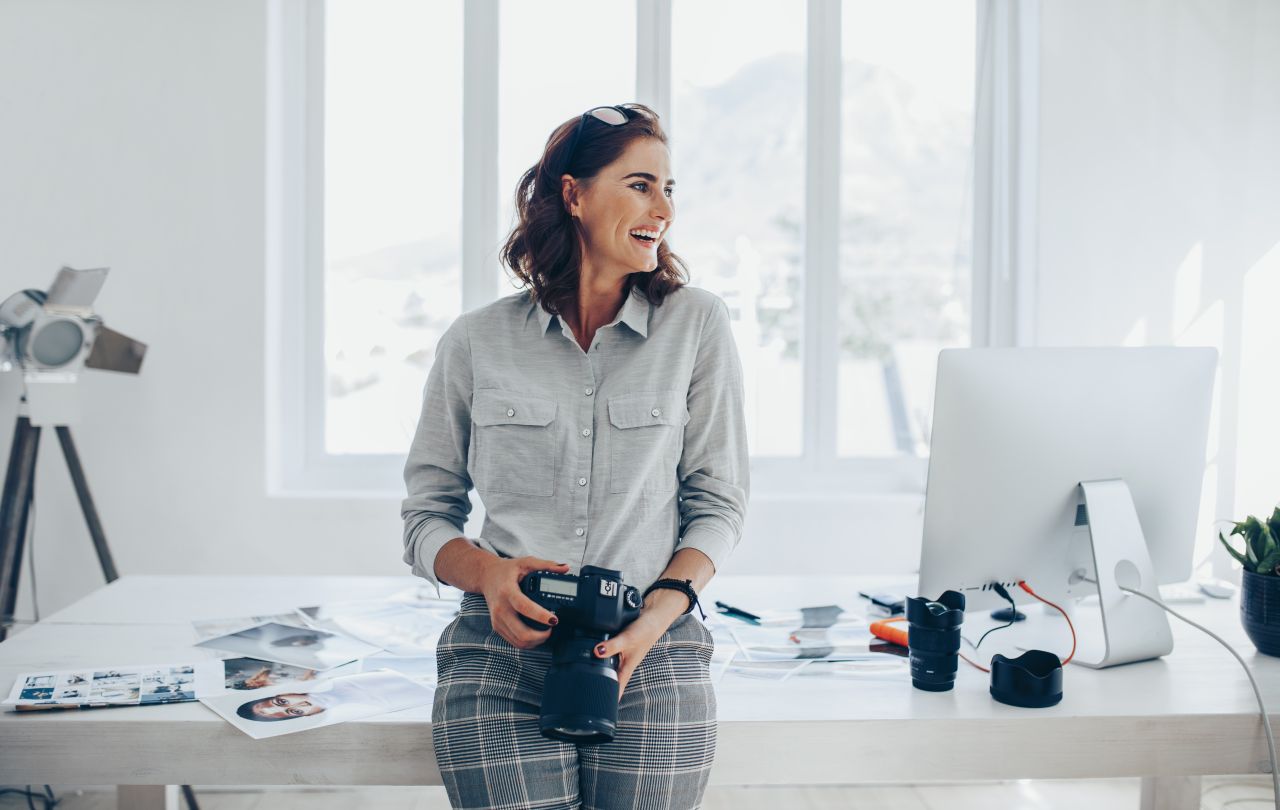
Image licensed via Adobe Stock
We've seen several big releases in the last couple of years, and our article below brings together the best of the best. So if you're looking to upgrade your ageing equipment, they're a great place to start.
Don't have the money to buy new or looking to sell and upgrade existing kit? We recommend MPB, an online platform for used photography and videography equipment.
Headquartered in the creative communities of Brighton, Brooklyn and Berlin, MPB is staffed by trained camera experts and seasoned photographers and videographers who really know what they're doing. Every piece of kit is scrutinised by product specialists and comes with a six-month warranty, which means buying used doesn't mean sacrificing reliability.
1. GoPro HERO - 2004
Some brands are so powerful and influential they come to represent an entire product category in popular speech. Examples include Frisbee, Jacuzzi, Hoover, Jeep, Biro...and since the early 2000s, GoPro.
The original GoPro Hero was launched in 2004 and wowed us with its ability to turn frenetic activity into smooth footage in a way we'd never been able to before. And with each iteration, it's continued to be improved. The latest version adds incredible stability to the wildest action experiences, the resolution has continued to improve, and the slick interface makes it easier for anyone to use.
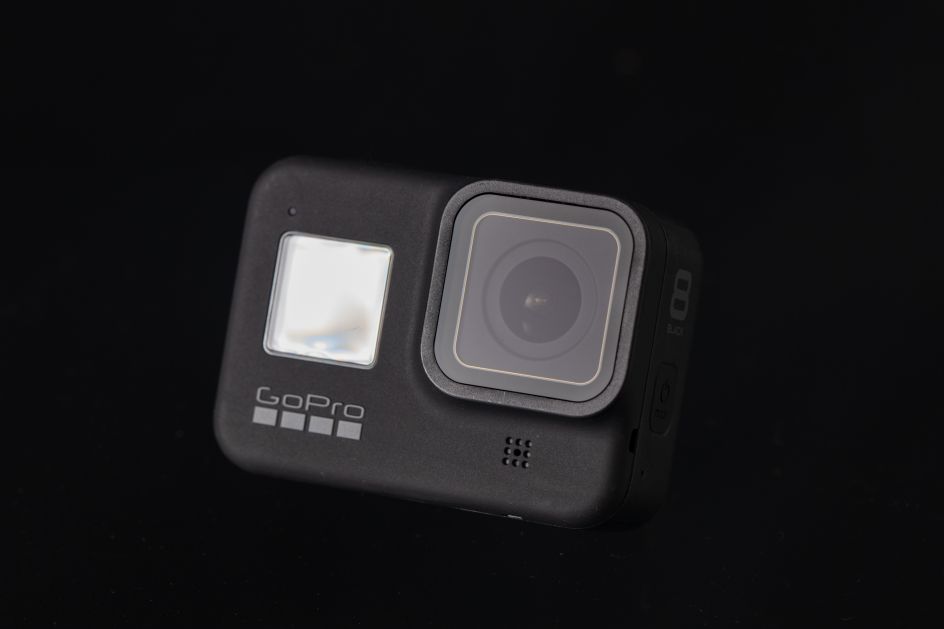
GoPro
2. Sony A7 - 2013
Until 2013, when it came to serious photography, 'digital camera' meant DSLR. Then Sony released the A7, and suddenly the world of mirrorless was opened up to a whole generation of shooters.
Packing a 24.3MP 35mm full-frame sensor into a body half the weight of leading DSLRs, the compact and weather-sealed Sony A7 reinvented stills photography for a generation. And it remains a favourite today, offering the chance to capture high-quality images in a lightweight body, the option of 1080p video, and the ability to change lenses so you'll always have the right glass for your shot.
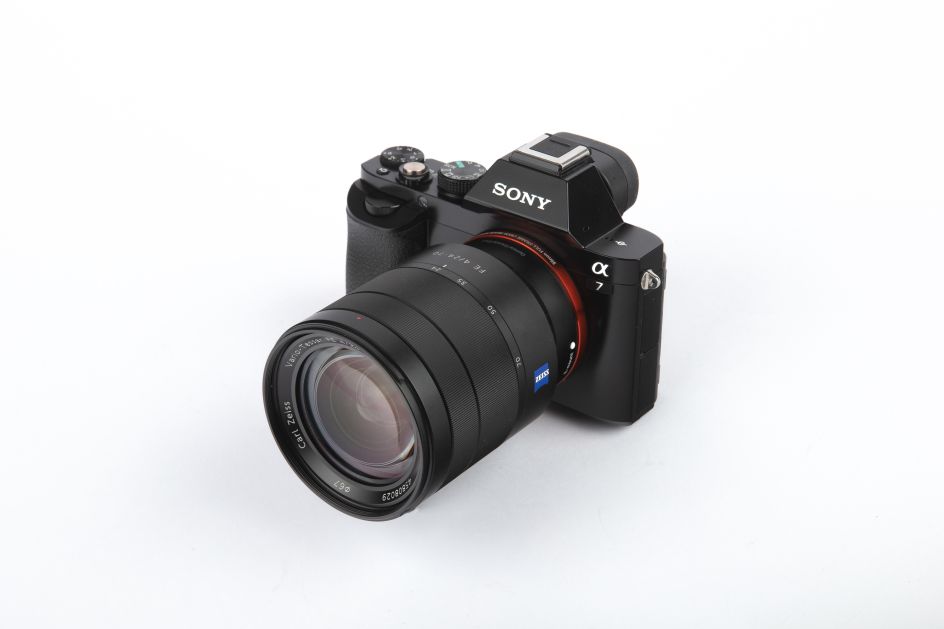
Sony A7
3. Sony A7S - 2014
The release of Sony's A7 and A7R mirrorless cameras were one of the major photography news stories of 2013. But for videographers, the biggest story came the following year with the launch of its sibling, the Sony A7S.
This mirrorless camera, for the first time, gave us the ability to shoot full-frame in 4K. (The 'S' was short for 'sensitivity'.) It remains an astonishing camera today, with a high-quality, compact build that allows you to capture top-class video with exceptional low light capability.
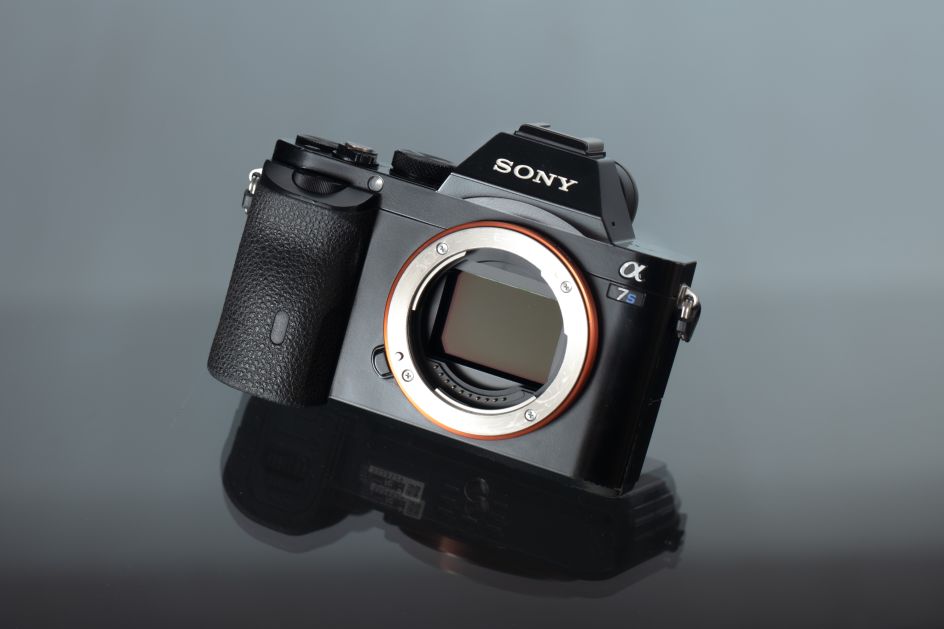
Sony A7S
4. Sigma 50mm f/1.4 DG HSM ART lens - 2014
There was a time when Sigma wasn't really on the radar of most pro photographers, despite producing several increasingly high-quality lenses from 2008. Things all changed in 2014, though, when the release of its 50mm f/1.4 DG HSM ART lens finally brought it the recognition it deserved.
It was one of the sharpest lenses the industry had seen to date, with a ring-type ultrasonic autofocus motor (with full-time manual override), making it one of the most practical too. And you'll still see pro photographers shooting with it today, as it remains one of the best lenses money can buy.
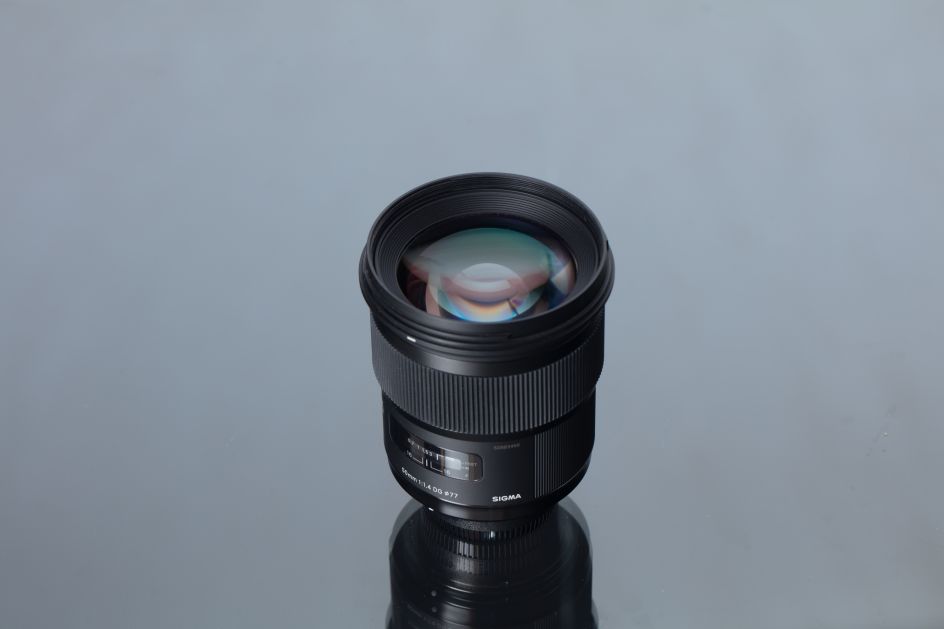
Sigma 50mm f-1.4
5. Hasselblad X1D - 2016
Launched in 2016, the Hasselblad X1D was a true game-changer. A move away from Hasselblad's large and heavy H series, this was a compact, mirrorless digital camera. And it meant professional photographers could at last work in a medium format without being restricted to tripod/studio shooting.
Instead, this light camera could be carried around all day while still boasting a 50MP sensor for capturing rich and detailed images. (It's not the fastest camera in terms of autofocus, operation or startup time, but if you're the kind of pro who likes to take their time setting up shots, it's perfect.)
Then the next generation, the X1D II, retained everything that was great about the X1D but brought the price down to a fraction of its predecessor.
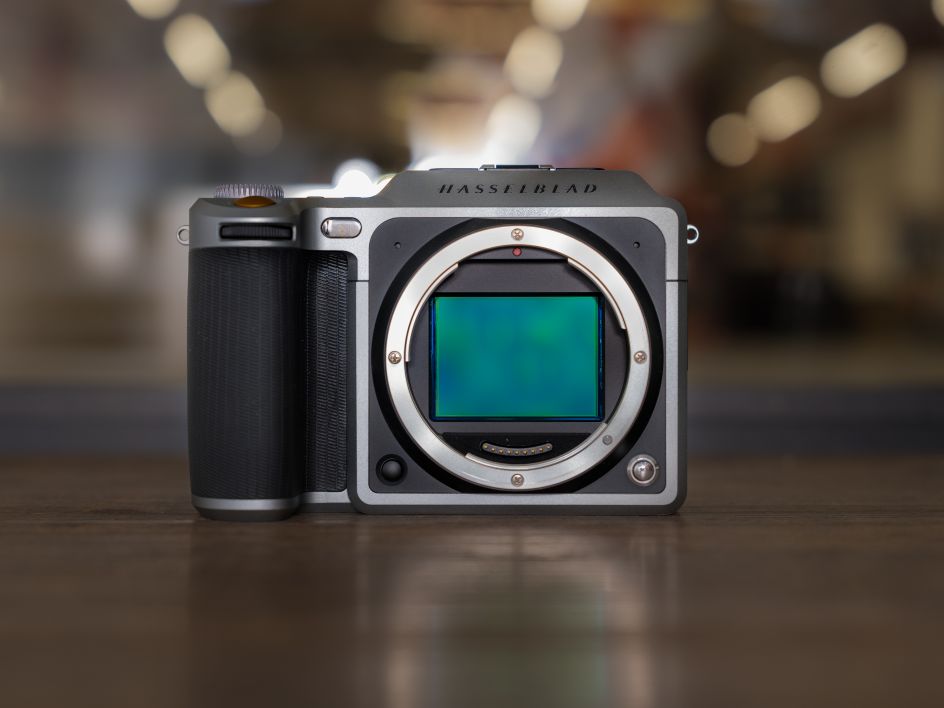
Hasselblad X1D
6. Sony Alpha A9 - 2017
The Alpha A9 was Sony's flagship camera, and for good reason. It changed the way we think about mirrorless cameras forever by making great leaps forward in terms of shooting speed, autofocus accuracy, and dynamic range and battery life. Photographers loved the A7 but wanted more, and Sony gave it to them.
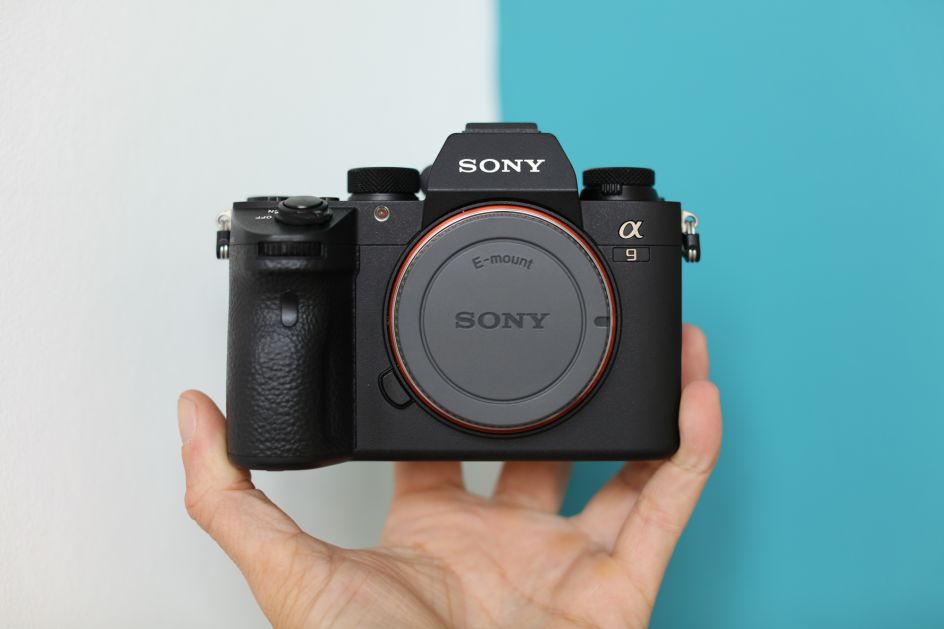
Sony Alpha A9
7. Nikon Z6 - 2018
While Sony had brought full-frame mirrorless cameras into the mainstream, it was the Nikon Z6 that brought them to the next level five years on. It wowed reviewers and shooters alike with its combination of lightweight design and radical new 'Z-mount' system, allowing for the addition of larger and faster NIKKOR lenses. Broadly speaking, the Z6 hit the sweet spot of speed, resolution and low-light performance and is perhaps the most adaptable camera Nikon has ever created.
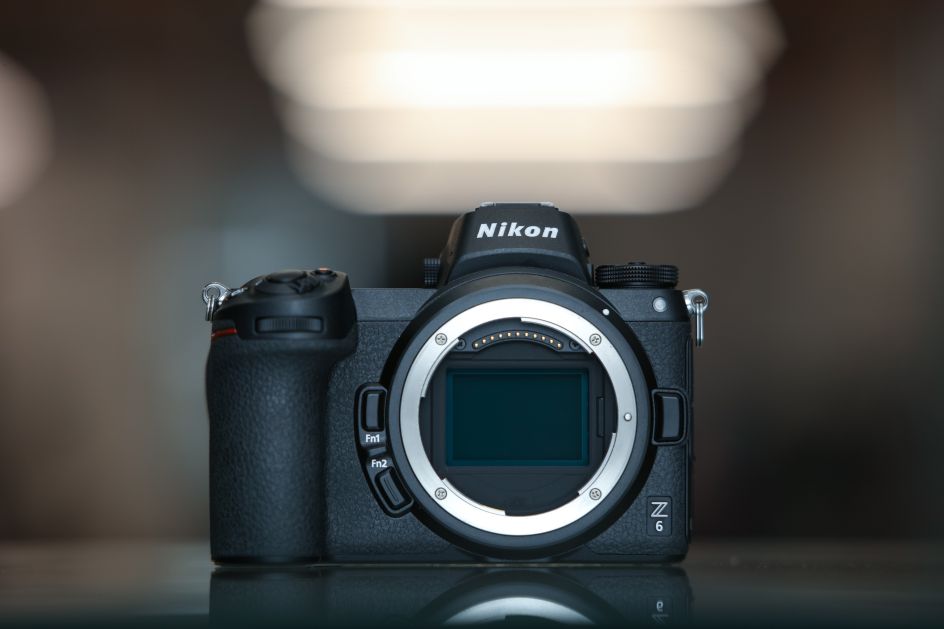
Nikon Z6
8. DJI Mavic 2 Pro - 2018
A drone camera aimed at pros and enthusiasts, The DJI Mavic 2 Pro brought the masses a practical way to capture incredible scenes from the sky. Teaming a Hasselblad camera with a 1-inch CMOS sensor and F2.8 EQV 28mm lens, it's able to capture 4K video and 20MP images with eye-popping accuracy.
It's a fabulous flier, too, with a low-drag aerodynamic body design that can travel up to 47.7mph, a four-cell LiPo battery for up to 31 minutes of flight time, and low-noise propellers for filming without distractions. Released in August 2018, this remains the standard for quality drone photography to this day.
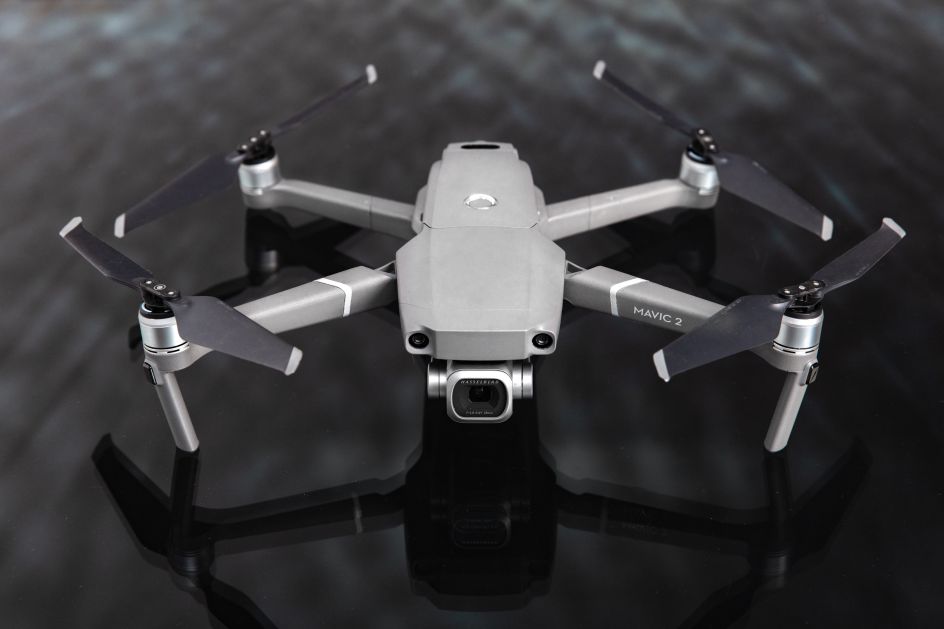
DJI Mavic 2 Pro
9. Panasonic Lumix DC-S1H - 2019
When Panasonic's full-frame cameras, the S1 and S1R, were great favourites with photographers. And so, in 2019, they released a version aimed at videographers, the Lumix DC-S1H.
Combining 6K resolution with full-frame capture, 4:2:2 10-bit internal recording, 180 frames-per-second slow motion, and anamorphic support, it was an instant hit with the video creation community. Plus, with dual native ISO and 24MP images, it's a pretty great choice for still photography too.
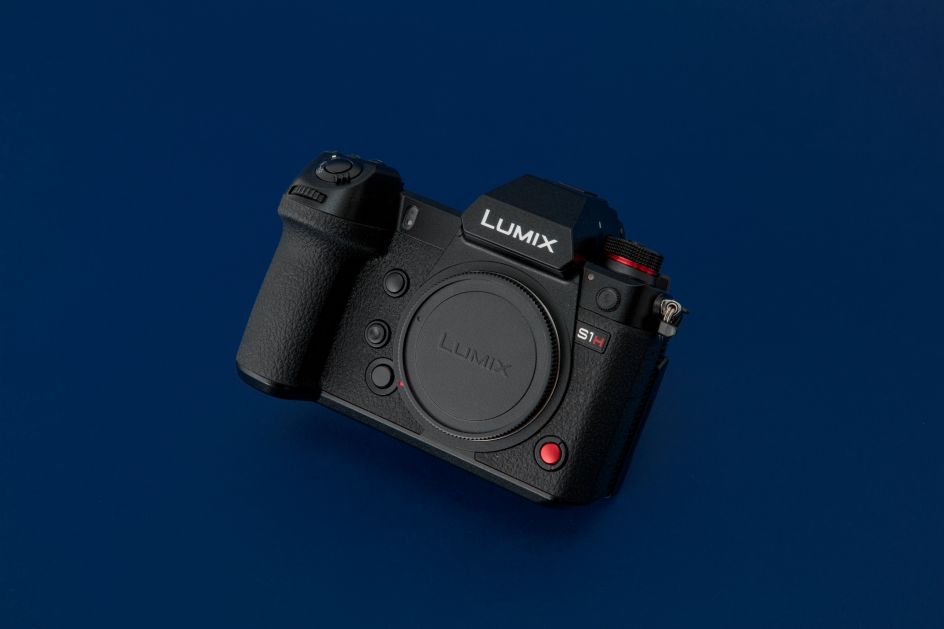
Panasonic S1H
10. Sony A1 - 2021
Launched in January this year, the Sony A1 is the very latest word in full-frame, mirrorless technology, offering an unbeatable combination of resolution and speed.
Its 50MP sensor can capture image bursts at 30 frames per second. Videographers can capture 10 bit, 8K video. The autofocus system's machine learning can detect human faces and eyes, as well as many animals. In short, it's the perfect choice for sports, nature and street photography, or any situation where the action is over in an instant.
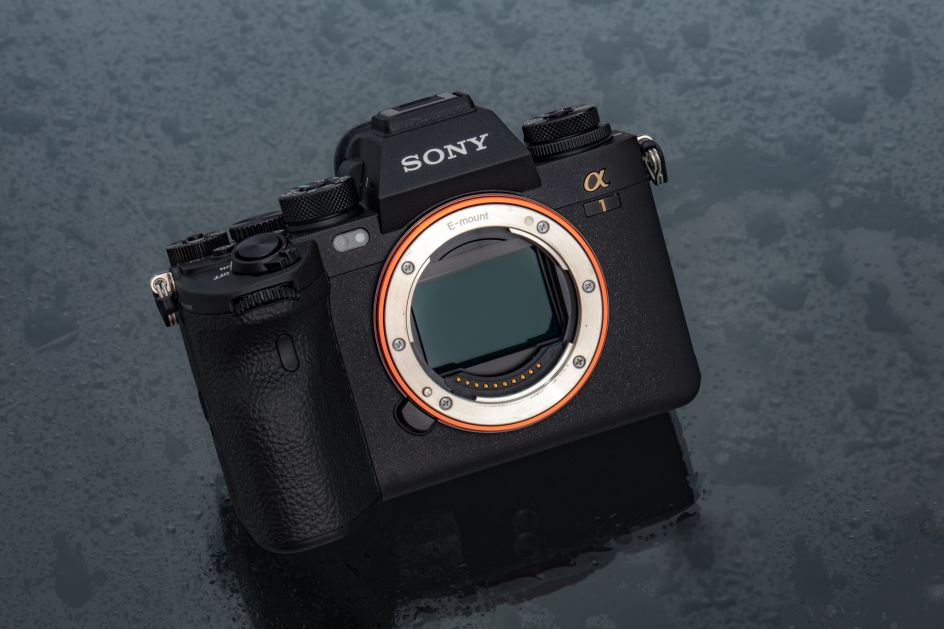
Sony A1





 by Tüpokompanii](https://www.creativeboom.com/upload/articles/58/58684538770fb5b428dc1882f7a732f153500153_732.jpg)


 using <a href="https://www.ohnotype.co/fonts/obviously" target="_blank">Obviously</a> by Oh No Type Co., Art Director, Brand & Creative—Spotify](https://www.creativeboom.com/upload/articles/6e/6ed31eddc26fa563f213fc76d6993dab9231ffe4_732.jpg)








